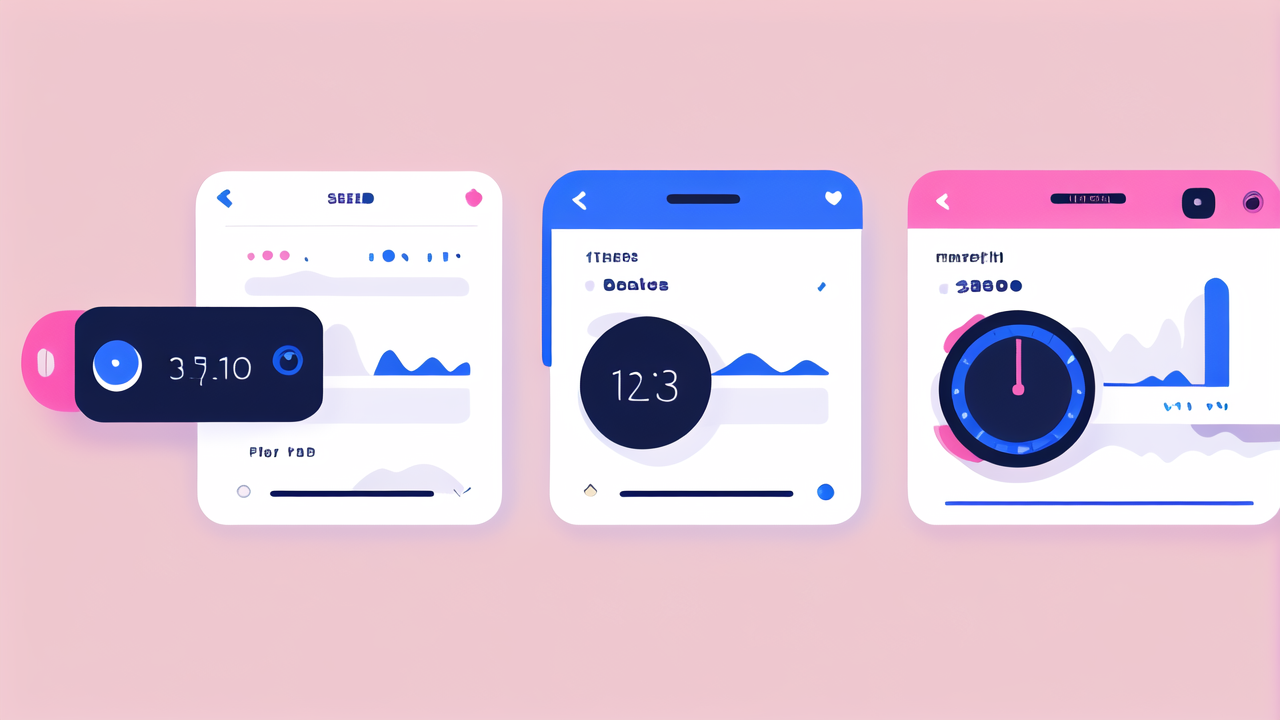Understanding the Importance of Body Measurement Tracking
The Role of Smart Watches in Personal Health Management
Smart watches have become essential tools for managing personal health. These devices offer real-time tracking of vital signs and activities. They monitor heart rate, sleep patterns, and physical activity levels. Smart watches provide users with a comprehensive view of their health status. This data helps people make informed decisions about their lifestyle choices. With constant monitoring, users can spot potential health issues early. Smart watches also motivate users to stay active and maintain healthy habits. They serve as personal health assistants, always ready to provide valuable insights.

Identifying Trends and Patterns in Body Measurements
Fitness watches excel at identifying trends and patterns in body measurements. They collect data over time, allowing users to see changes in their health metrics. This long-term view helps spot gradual improvements or declines in fitness levels. Users can track weight fluctuations, changes in resting heart rate, and sleep quality. These patterns can reveal the effectiveness of workout routines or diet changes. By analyzing trends, people can adjust their fitness goals and strategies. Smart watches make it easy to visualize progress and stay motivated on the fitness journey.
Enhancing Wellness with Data-Driven Insights
Data-driven insights from smart watches can significantly enhance overall wellness. These devices provide personalized recommendations based on individual data. They can suggest when to increase workout intensity or when to rest. Smart watches often offer stress management features, guiding users through breathing exercises. They can remind users to stay hydrated or to move after long periods of inactivity. By analyzing sleep patterns, they can recommend optimal bedtime routines. These insights help users make small, meaningful changes that add up to better health over time.
The Best Fitness Watches for Body Measurement Tracking
Criteria for Selecting the Most Accurate Watches
When choosing a fitness watch for body measurement tracking, accuracy is key. Look for watches with advanced sensors and proven track records. Consider the following criteria:

- Sensor quality: Higher-end sensors provide more accurate readings.
- Consistency: The watch should give similar results under the same conditions.
- Battery life: Longer battery life ensures continuous tracking.
- User reviews: Check what other users say about the watch's accuracy.
- Brand reputation: Established brands often have more reliable technology.
- Updates and support: Regular software updates can improve accuracy over time.
Choose a watch that excels in measuring the metrics most important to your fitness goals.
How to Ensure Precision in Smart Watch Measurements
To get the most precise measurements from your smart watch, follow these tips:
- Wear it correctly: Position the watch as recommended by the manufacturer.
- Keep it clean: Dirt can interfere with sensor readings.
- Update regularly: Install the latest software updates for improved accuracy.
- Calibrate when needed: Some watches require occasional calibration.
- Be consistent: Take measurements at similar times and conditions.
- Use in conjunction with other tools: Cross-reference with other devices for validation.
- Understand limitations: No device is perfect; know your watch's strengths and weaknesses.
By following these steps, you can maximize the precision of your smart watch measurements.
Comparing Top Brands in the Fitness Watch Market
The fitness watch market offers several top brands, each with unique features:
- Apple Watch: Known for its comprehensive health tracking and seamless iOS integration.
- Fitbit: Offers a wide range of models with strong sleep tracking capabilities.
- Garmin: Excels in GPS tracking and advanced metrics for serious athletes.
- Samsung Galaxy Watch: Provides a good balance of features for Android users.
- Polar: Focuses on in-depth training analysis for fitness enthusiasts.
Each brand has its strengths, so choose based on your specific needs and preferences.
Integrating Fitness Watches into Your Routine
Setting Up and Maintaining Your Smart Watch for Optimal Tracking
To get the most out of your fitness watch, proper setup and maintenance are crucial. Start by:

- Charging fully before first use.
- Downloading the companion app on your smartphone.
- Creating an account and entering your personal details accurately.
- Syncing the watch with your phone and updating the software.
- Customizing settings for your specific goals and preferences.
For ongoing maintenance:
- Clean the watch regularly, especially after sweaty workouts.
- Keep the software updated to access new features and improvements.
- Check and adjust the fit periodically to ensure accurate readings.
- Restart the watch occasionally to keep it running smoothly.
Proper care will extend your watch's life and maintain its tracking accuracy.
Tips for Interpreting and Utilizing Watch Data for Fitness Improvement
To make the most of your fitness watch data:
- Set baseline measurements for key metrics like resting heart rate and sleep patterns.
- Look for trends over time rather than focusing on daily fluctuations.
- Use the data to set realistic, achievable goals.
- Pay attention to how different activities affect your metrics.
- Compare your data to recommended health standards for your age and gender.
- Use the insights to adjust your workout intensity and recovery time.
- Share data with your healthcare provider for a more comprehensive health picture.
Remember, the data is a tool to guide your fitness journey, not a strict rulebook.
Maximizing the Effectiveness of Your Fitness Regime with Smart Watch Analysis
Smart watch analysis can significantly boost your fitness regime's effectiveness. Here's how:
- Use heart rate zones to optimize workout intensity.
- Track recovery time to prevent overtraining and reduce injury risk.
- Analyze sleep patterns to improve rest and recovery.
- Monitor stress levels and use guided breathing exercises when needed.
- Set daily movement goals to maintain consistent activity levels.
- Use GPS features to plan and track outdoor workouts.
- Join virtual challenges or competitions for extra motivation.
- Review weekly and monthly reports to celebrate progress and identify areas for improvement.
By leveraging these features, you can create a more tailored, effective fitness plan.




Leave a comment
This site is protected by hCaptcha and the hCaptcha Privacy Policy and Terms of Service apply.